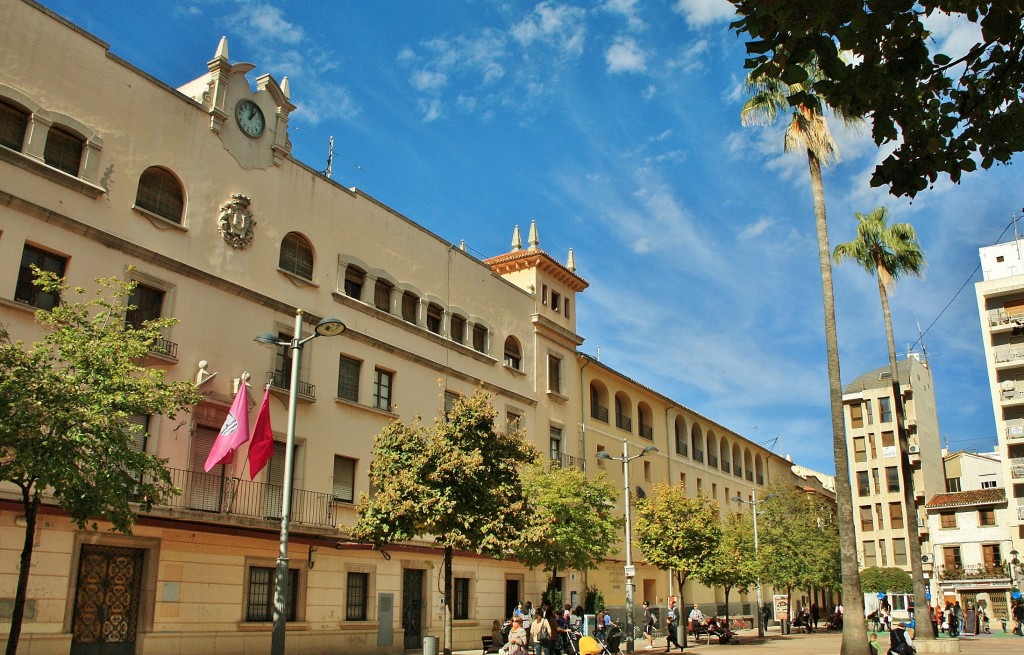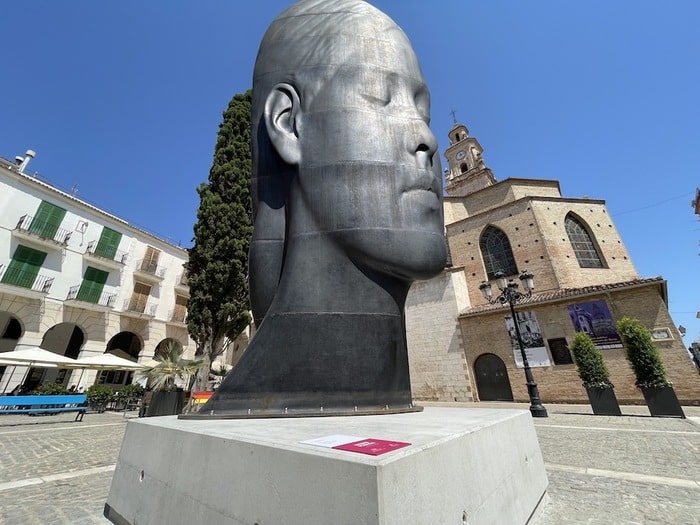
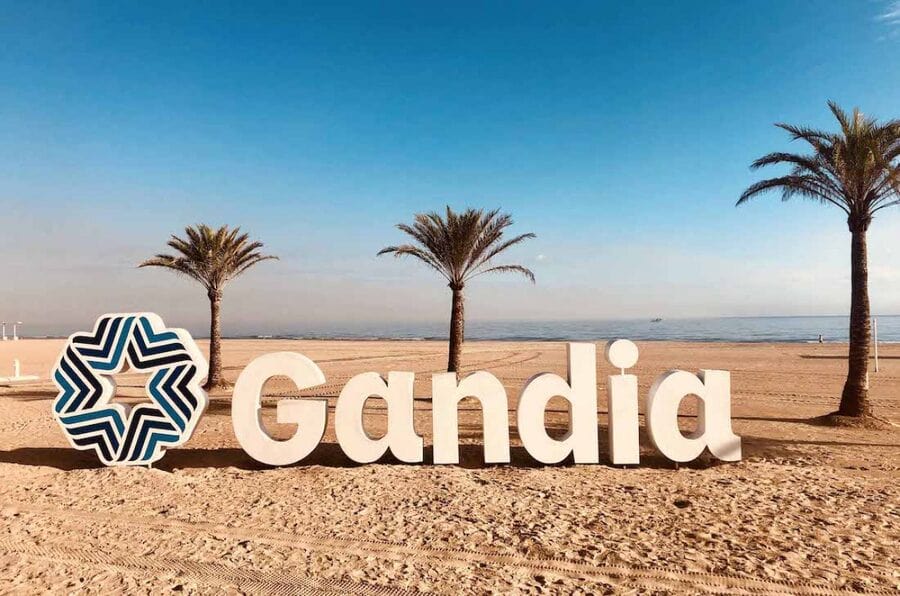
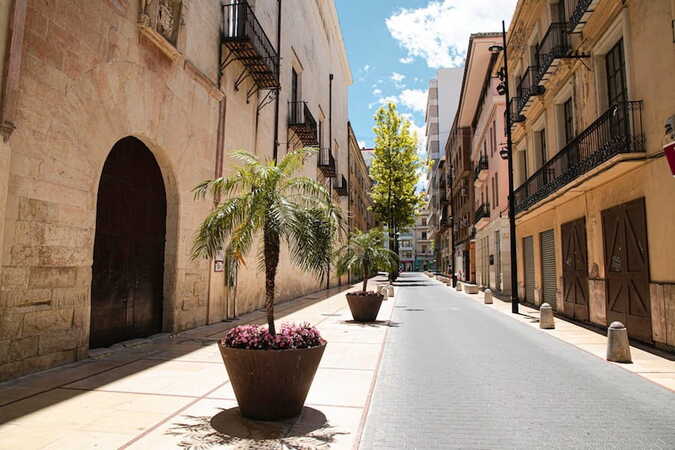
When you see the name of Gandia, you unconsciously associate it with the beach, with the sun 🌞, the party. But Gandia is much more and we are talking about the capital of the Safor, a city that has about 80,000 inhabitants, but in summer can reach 300,000 including national and international tourists 🌍. It is a city divided in two, on the one hand we have the City of Gandia where we can visit emblematic sites such as the Ducal Palace, the Town Hall, etc.. we can also go shopping at the malls the Vital or Plaza Mayor.
On the other hand, we find Gandia Beach where we can enjoy one of the best beaches in the Valencian community with a variety of services to make our visit as pleasant as possible ✔.
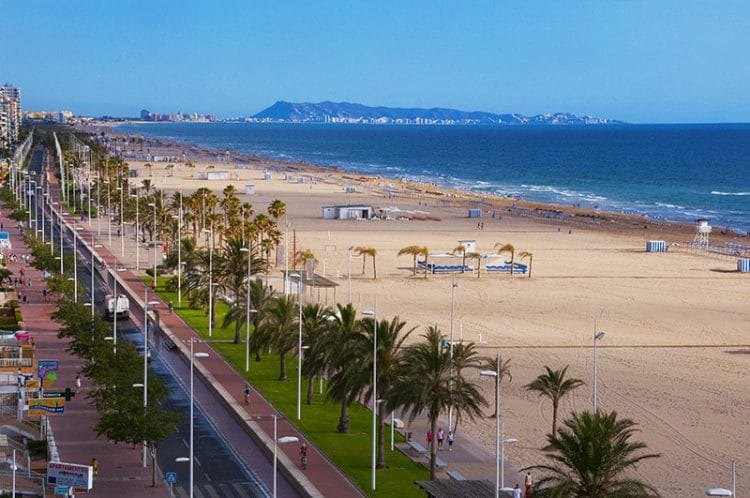
MORE INFORMATION ABOUT GANDÍA
Accommodation
Transport
Beach
What to see
Nightclubs
Flea markets

